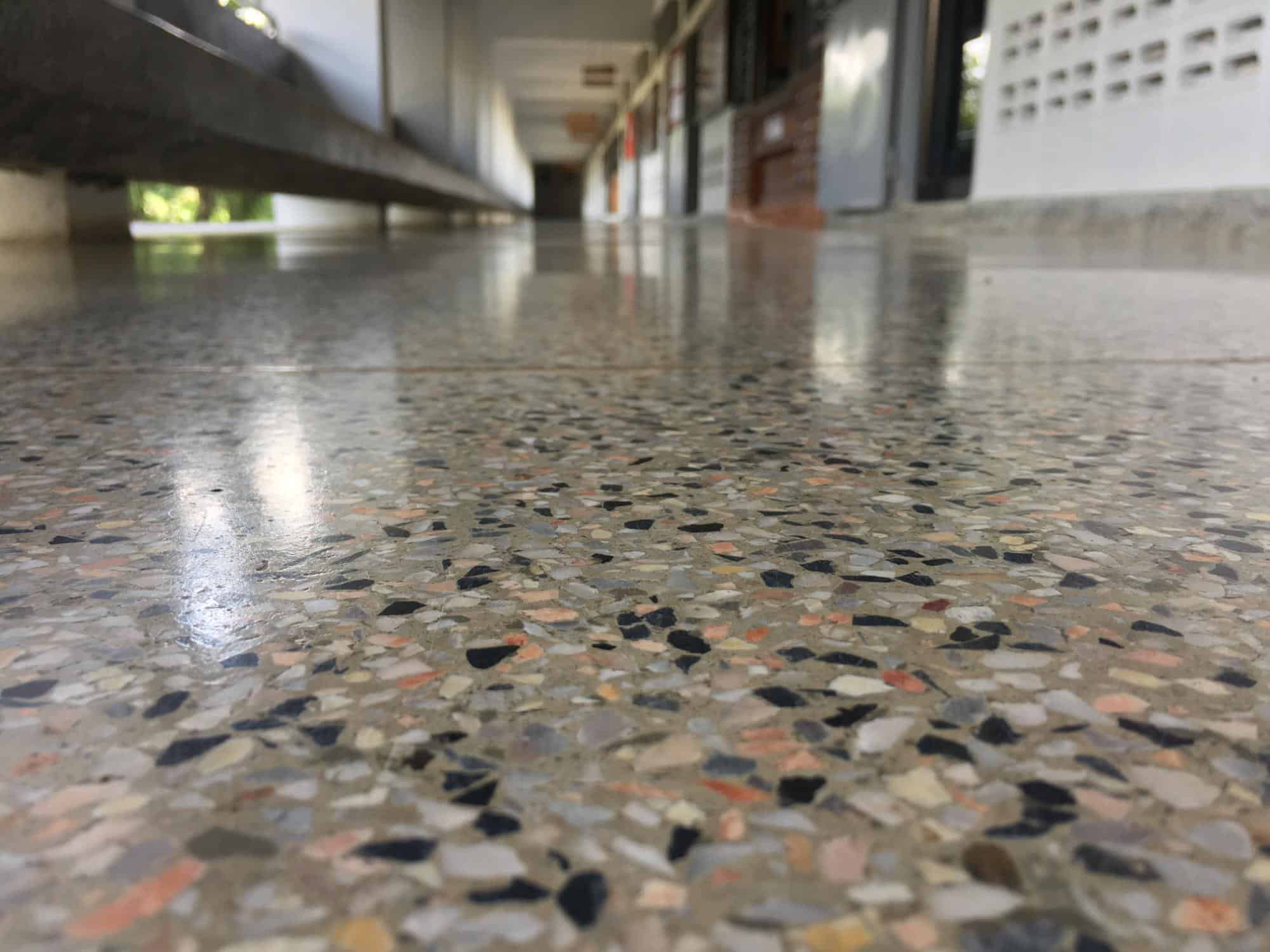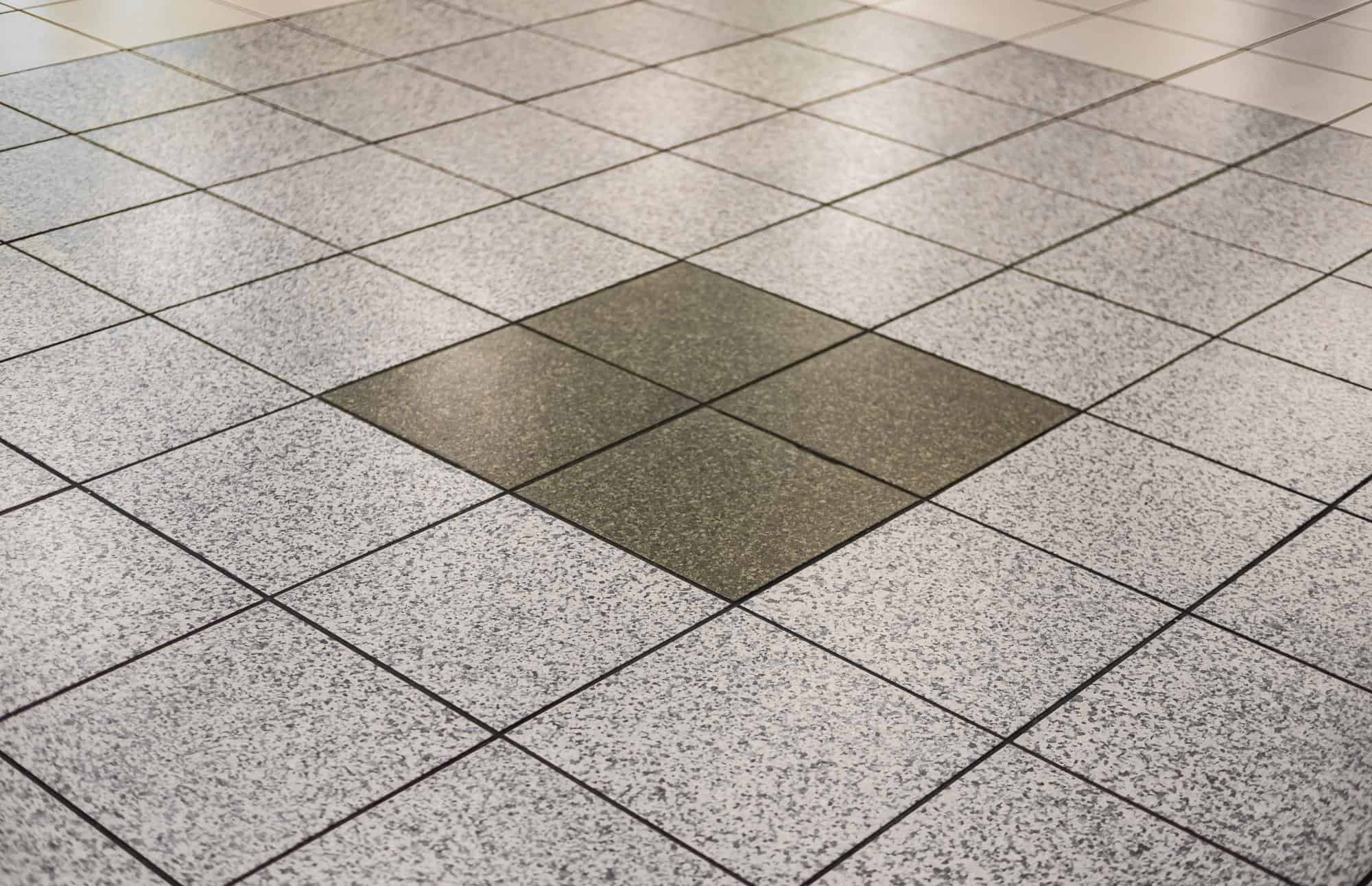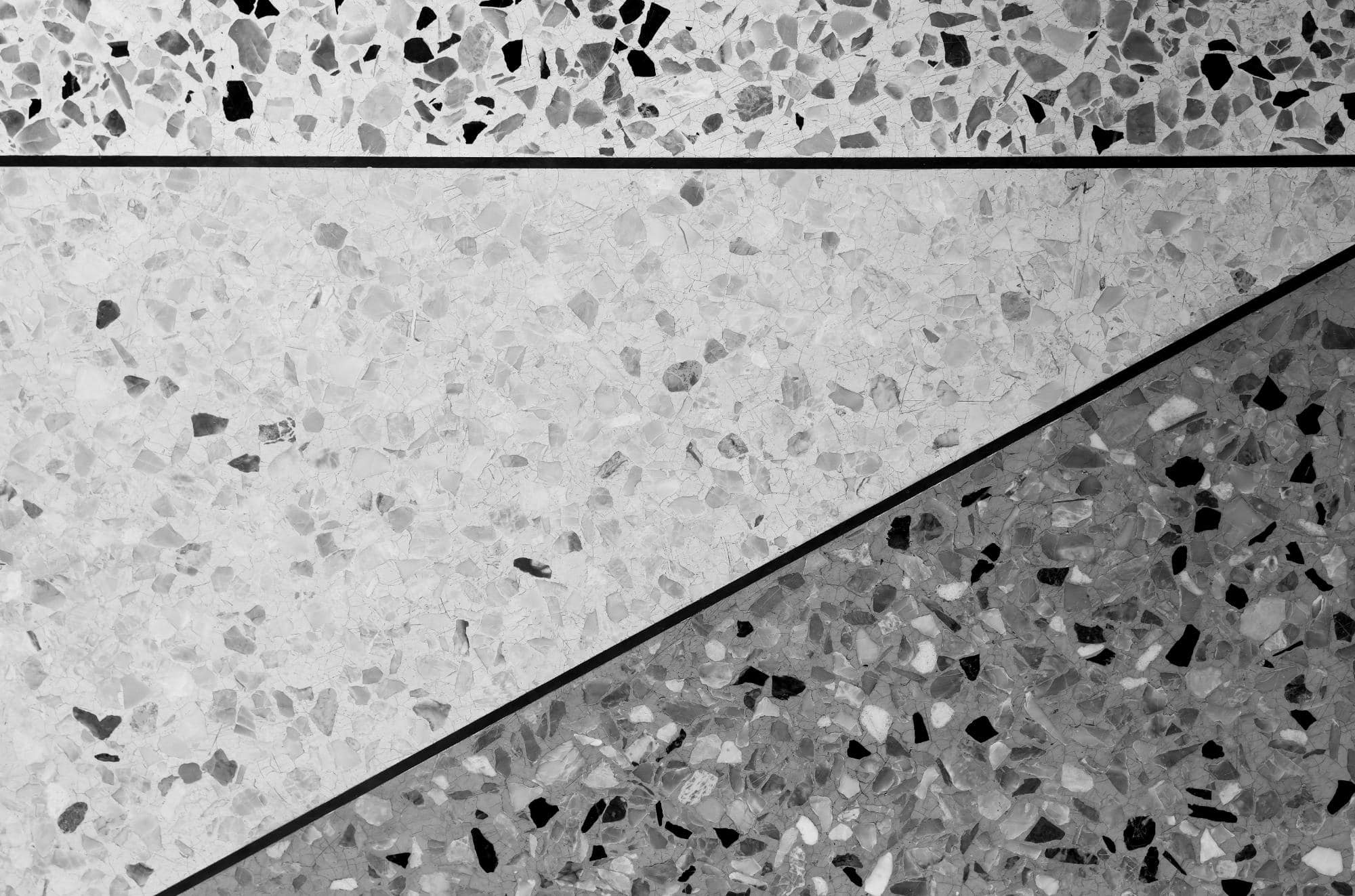Stop dealing with dull, yellowed floors and endless wax cycles. Professional terrazzo floor restoration brings back the original beauty without replacement costs.

Hear from Our Customers

You get floors that actually stay beautiful. No more stripping and waxing every few months. No more yellowed buildup that makes your space look tired and dated.
When we restore your terrazzo properly, you’re looking at a surface that maintains its shine for years, not months. The kind of finish that makes visitors ask if you just installed new flooring. Your maintenance routine becomes simple daily cleaning instead of expensive professional treatments.
This is what happens when restoration is done right the first time. Your floors become an asset again, not a constant source of frustration and expense.
Diamond Stone Restorations Corp has been restoring stone and terrazzo surfaces throughout the New York area for years. We specialize in bringing mid-century terrazzo back to life using proper restoration techniques, not quick fixes.
Most terrazzo in Lake Lincolndale dates back to the 1950s and 60s, when these floors were built to last decades. We understand the specific composition of these vintage installations and how to work with marble chips and Portland cement binders.
Every project we take on focuses on restoration over replacement, helping property owners preserve the original character of their spaces while eliminating ongoing maintenance headaches.

First, we strip away all the old wax and coating buildup that’s been yellowing your floors. This reveals the actual terrazzo underneath, often showing damage you couldn’t see before.
Next comes repair work. Chips, cracks, and holes get filled with tinted material that matches your terrazzo’s color and aggregate pattern. This isn’t patch work that stands out – it blends seamlessly with the surrounding floor.
Then we grind and hone the surface to remove scratches, etching, and wear patterns. This process essentially removes a thin layer from the top, revealing fresh terrazzo underneath. Finally, we polish to your desired finish level and apply protective sealing to prevent future staining and etching.
The result is a floor that looks and performs like new, with a maintenance routine that involves regular cleaning instead of costly professional treatments.

Ready to get started?
Complete terrazzo restoration covers everything needed to bring your floors back to original condition. This includes deep cleaning to remove embedded dirt and stains, professional repair of chips and cracks using color-matched materials, and precision grinding to eliminate surface damage.
The polishing process brings out the natural brilliance of the marble aggregate, creating either a high-gloss finish or a more subtle matte appearance based on your preference. Protective sealing helps prevent future staining from spills and reduces etching from acidic substances.
In Lake Lincolndale’s climate, proper sealing is especially important given the seasonal temperature changes and humidity variations that can affect terrazzo performance. The restoration process also addresses any issues specific to your floor’s age and composition, whether it’s traditional cement-based terrazzo or newer epoxy systems.

Ready To Restore The Beauty Inside Your Stone?
Contact us today!
Diamond Stone Restorations Corp
Company
Support
Useful Links